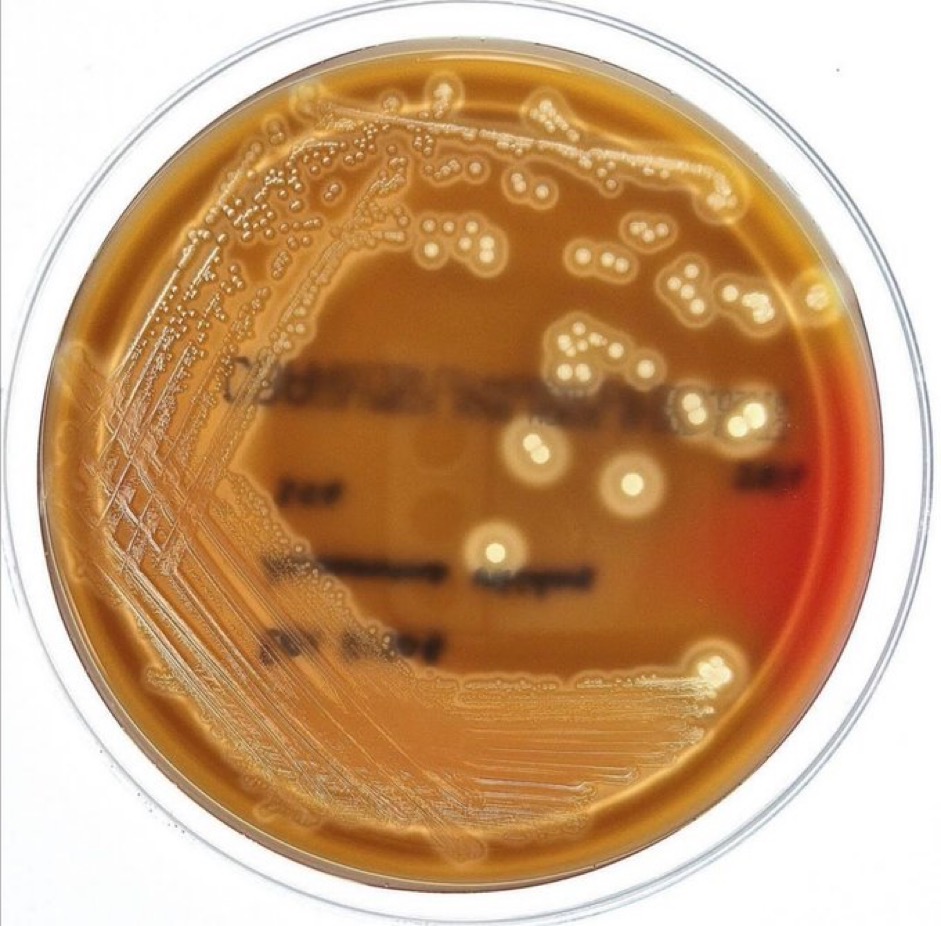London researchers reveal newborn deaths from sepsis and burden of antibiotic resistance in global study

Many newborns are dying because the antibiotics used to treat sepsis are losing their effectiveness, according to a global study of over 3,200 newborn babies suffering from sepsis in 19 hospitals across 11 countries.
The NeoOBS study co-led by researchers at St George’s, University of London and the MRC Cliical Trials Unit at UCL, conducted from 2018 to 2020, found high levels of death among infants with culture-positive sepsis (almost 1 in 5 across the hospital sites), and a significant burden of antibiotic resistance.
Sepsis is a life-threatening bloodstream infection which affects up to 3 million babies a year globally. Every year, 214,000 newborn babies, mostly in low- and middle-income countries (LMICs), die of sepsis that has become resistant to antibiotics. Newborn babies are particularly at risk of severe infection because of their underdeveloped immune systems.
The results published today in PLOS Medicine were co-authored by a global team of over 80 researchers and now provide a wealth of high-quality data which they hope will improve sepsis treatment for newborns.
Dr Neal Russell, Principal Investigator of the study at St George’s, University of London, said: “This observational study has been instrumental in providing the high-quality data that we need to design trials of appropriate treatments for sepsis in newborn babies. It has been a huge collaborative effort by researchers and clinicians in Africa, Asia, Latin America and Europe”.
Manica Balasegaram, Executive Director of the Global Antibiotic Research and Development Partnership (GARDP), said: “It was very important to undertake this study to get a better understanding of the kind of infections we’re seeing in newborns in hospitals, the bugs causing them, the treatments that are being used and why we are seeing more deaths. The study has given us vital information which will help us to better design clinical trials and ultimately improve the care and outcome of babies with neonatal sepsis.”
There was extensive variation in mortality between the 19 hospitals in the study, ranging from 1.6% to 27.3%, with markedly higher rates in LMICs.
Leading clinicians in hospitals in Bangladesh, Brazil, China, Greece, India, Italy, Kenya, South Africa, Thailand, Vietnam and Uganda took part in the study.
Sithembiso Velaphi, Head of Paediatrics at Chris Hani Baragwanath Academic Hospital in Johannesburg, South Africa, said:
“The study exposed the glaring reality of antibiotic-resistant infections, especially in hospitals in LMICs, where we are often faced with a shortage of nurses, beds and space. The risk of infections is very high and most infections are resistant to antibiotics. If an antibiotic doesn’t work, the baby often dies. This urgently needs to change. We need antibiotics that will cover all bacterial infections.”
The study also reveals a worryingly wide variation in treatment. More than 200 different antibiotic combinations were used by hospitals in the study, with frequent switching of antibiotics due to high resistance to treatments.
Many physicians were forced to use antibiotics such as carbapenems due to the high degree of antibiotic resistance to the recommended treatments in their units. These are classified by the World Health Organization as “Watch” antibiotics. They are recommended only for specific, limited indications as they need to be preserved. However, these were often the only antibiotics available to treat the infection.
Last-line antibiotics were prescribed to 15% of babies with neonatal sepsis enrolled in the study. Klebsiella pneumoniae was the most common pathogen isolated. It is usually associated with hospital-acquired infections.
Using the data collected, the team developed two tools that could be used in clinical trials and in any neonatal intensive care unit worldwide. The NeoSep Severity Score, based on 10 clinical signs and symptoms, could be used by clinicians to identify newborns who have a high risk of dying, and ensure they get special attention more quickly. The NeoSep Recovery Score uses many of the same clinical signs and symptoms and could provide clinicians with key information on whether to escalate treatment.
The study also aims to inform WHO guidelines on treatment for newborn babies with sepsis.
Wolfgang Stöhr, statistician from the MRC at UCL, said: “Organisms evolve, drug resistance changes; that is why clinical guidelines for neonatal sepsis need constant adaptation. Updating guidelines relies on recent and good evidence, so this observational study is a significant step towards better treatment.”
The results of the study have been used to design a pivotal strategic public health clinical trial to find better treatments for newborn infections in the context of increasing resistance to existing treatments.
The neonatal sepsis trial (NeoSep1) is led by GARDP together with St George’s and the MRC CTU at UCL and is being conducted at Chris Hani Baragwanath Academic Hospital in Soweto, Johannesburg, Tygerberg Hospital in Cape Town and Kilifi County Hospital in Kenya. The trial will also look at appropriate formulations and dosages for newborn babies. The trial will be expanded to other countries and regions from 2024, with a target of recruiting up to 3000 newborns overall.




